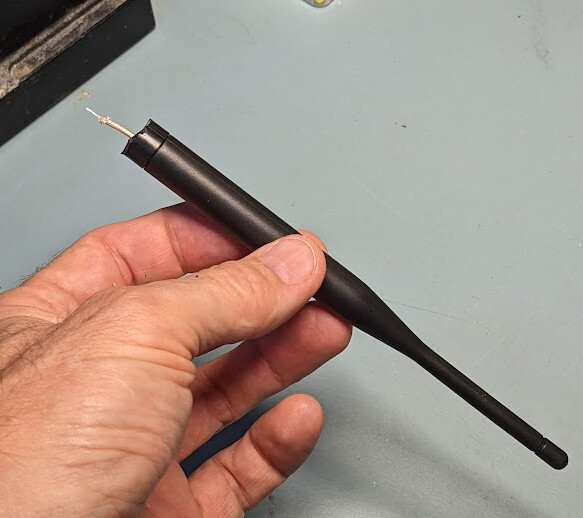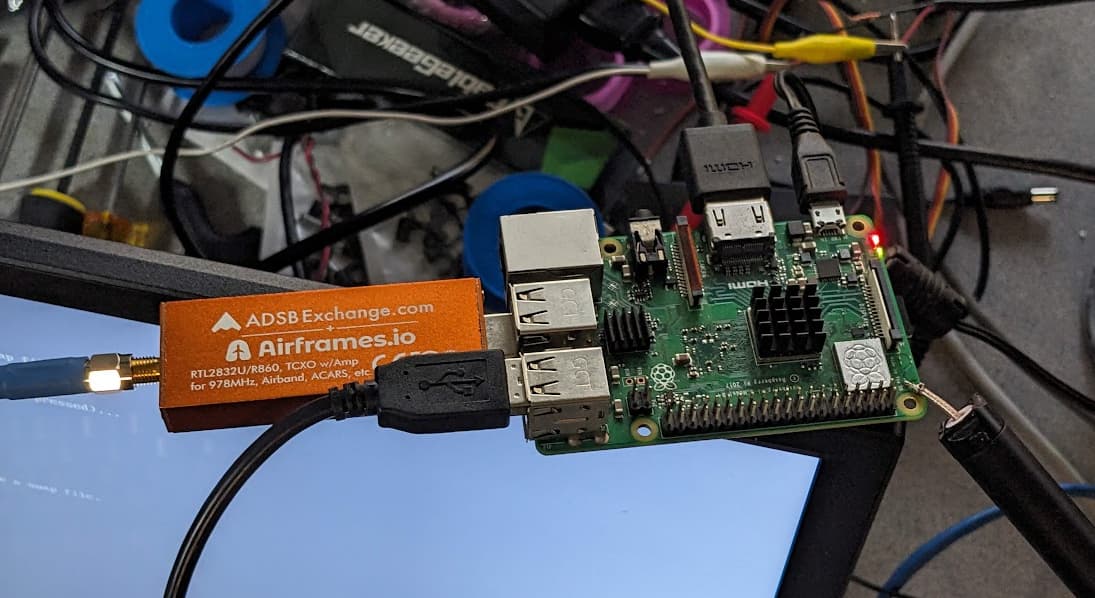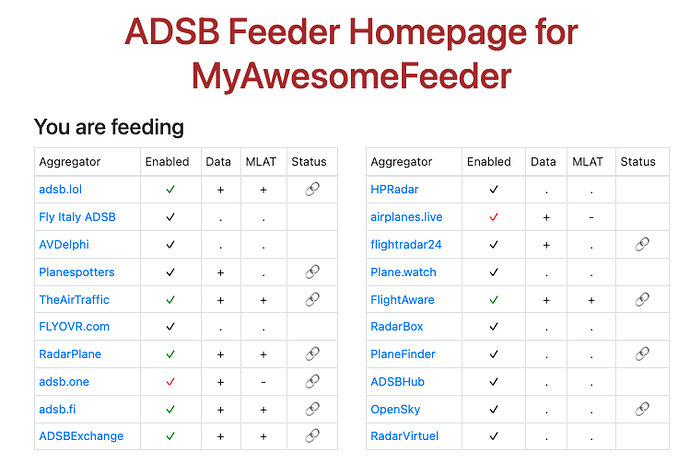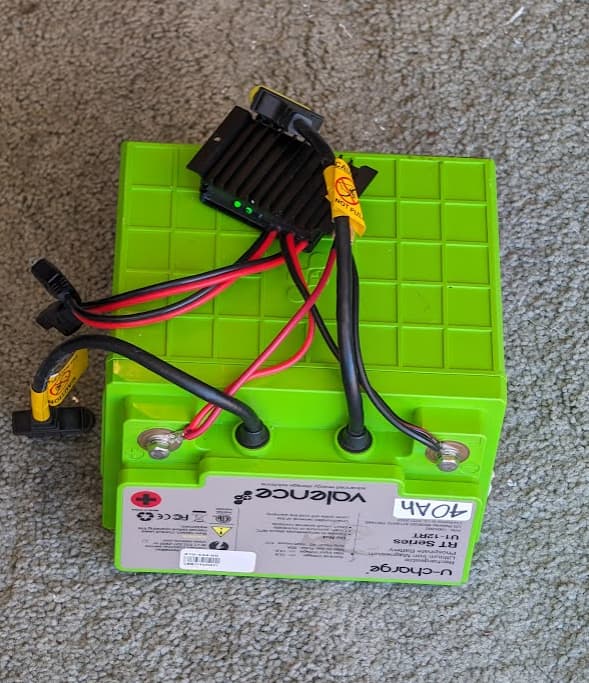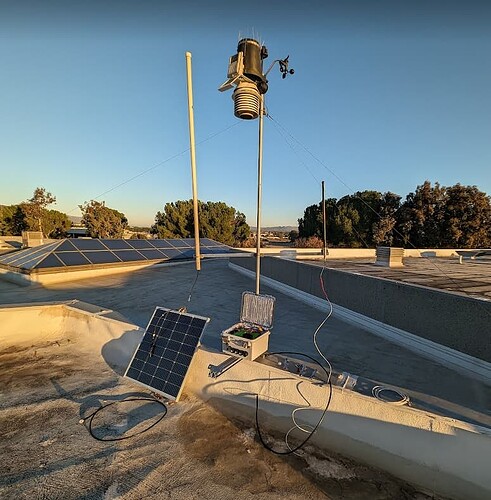Long running ‘real time’ topic of my solar powered ‘tracker’ setup.
For years I have been mulling over the idea of putting a solar powered (no power on the roof) setup on the roof of our office building. It has a pretty nice outlook and I have always wondered about how it might perform as much as how I might go about building a 24 * 7 * 365 setup.
My son finally pushed my buttons and forced me into some action a few weeks back.
First, quick and dirty test…
Since there is no power on the roof and no way to run an Ethernet cable we have to go Wi-Fi. The Pi Wi-Fi is beyond horrible and I did not have time to muck about building USB Wi-Fi stick drivers from source for a quick and dirty proof of concept test, so I went the hardware hack route to get some Wi-Fi on a Pi that would pickup our office SSID while on the roof…
I just hacked off the SMA adaptor of an old Wi-Fi antenna I had laying around.
Next up, prepare the Pi.
Solder the antenna coax to the Pi PCB.
It helps to have some magnification here as center of the antenna does not have a lot of space and can easily short out on the ground plane.
Our company makes hardware, so I have access to some nice gear…
Now that we have good Wi-Fi, a quick build of dumpvdl and Node-RED we can head onto the roof and test things out…
We only had a spare dpd Airband indoor antenna, but it was enough for a test.
My son is checking the messages on his phone via the Node-RED interface. More about that interface in a week or so I suspect.
The thing to note with this photo is the background, you can see why I wanted to test out an antenna up there, its pretty nice view up and down the valley.
The west out to the ocean is going to be hopeless and I’m Ok with that. I know from my home setup that I can hear the ACARS messages from the aircraft coming in from the ocean just fine given their altitude.

(Decoding lat/long positions from those VDL messages that include it and plotting them on the worldmap node)
I’m very happy with the coverage after the first hour.
Solid range in the expected 3 directions. Much better than my home setup just a few miles away.
I think I have satisfactorily answered the question. Yes. It will be worth the time and money to build this thing.
